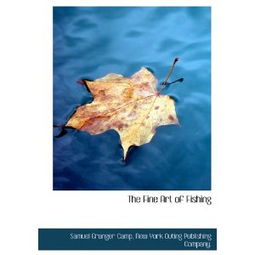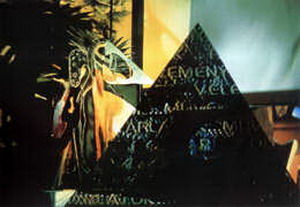Introduction:
Gobi fish, known for their unique taste and firm texture, are a favorite among anglers. Whether you're a seasoned fisherman or a beginner, mastering the art of catching gobi fish can be a rewarding experience. In this article, we will delve into the essential techniques and tips that will help you become a pro at catching these delightful creatures.
Understanding Gobi Fish Behavior:
Before we dive into the fishing techniques, it's crucial to understand the behavior of gobi fish. Gobi fish are bottom feeders, often found in shallow waters near rocks, coral reefs, and other structures. They are known for their agility and quick movements, making them challenging to catch. However, by understanding their habits, you can increase your chances of success.
Choosing the Right Equipment:
The right equipment is the foundation of a successful fishing trip. Here are some essential items you'll need:
Rod and Reel: A medium-heavy action rod with a spinning reel is ideal for gobi fishing. The rod should be at least 6 to 7 feet long to provide enough leverage for reeling in the fish.
Line: Use a monofilament line with a breaking strength of 10 to 15 pounds. This will provide enough strength to handle the gobi fish without being too heavy and spooking them.
Hook: A size 2 to 4 hook is suitable for gobi fish. The hook should be sharp and strong enough to withstand the fish's sharp teeth.

Bait: Gobi fish are opportunistic feeders and will eat a variety of baits. Live bait such as small crabs, shrimp, or worms are effective, but artificial lures can also work well.
Baiting Techniques:
Live Bait: If you're using live bait, such as small crabs or shrimp, it's important to keep them lively. Place them in a bait bucket with water and aeration to maintain their vitality.
Artificial Lures: For artificial lures, choose ones that mimic the movement of small fish or crustaceans. Soft plastics, spinners, and jigs are popular choices.
Fishing Techniques:
Locating Gobi Fish: Gobi fish are often found in areas with a lot of structure, such as rocks, coral reefs, or shipwrecks. Start by scanning the area with your eyes and then use a fishfinder to pinpoint their exact location.
Presenting the Bait: Once you've located the gobi fish, present your bait in a way that mimics their natural feeding behavior. If you're using live bait, let it swim naturally. With artificial lures, work them slowly and methodically through the water column.
Patience is Key: Gobi fish can be quite elusive, and they may take some time to bite. Be patient and wait for the fish to take the bait. Once you feel a tap or a pull, set the hook quickly and firmly.
Reeling In: When reeling in the fish, be gentle and avoid pulling too hard. Gobi fish are strong and can easily break off if reeled in too aggressively.
Advanced Techniques:
Trolling: Trolling can be an effective method for catching gobi fish, especially in deeper waters. Use a downrigger to control the depth and speed of your lure.
Night Fishing: Gobi fish are also active at night. Night fishing can be a great way to catch them, as they are less likely to be disturbed by other anglers.
Conservation: Always practice catch-and-release when possible, especially with smaller gobi fish. This helps maintain the population and ensures that there will be fish for future generations.
Conclusion:
Catching gobi fish can be a challenging but highly rewarding experience. By understanding their behavior, choosing the right equipment, and employing effective fishing techniques, you can increase your chances of success. Remember to be patient, practice conservation, and enjoy the beauty of the underwater world. Happy fishing!












